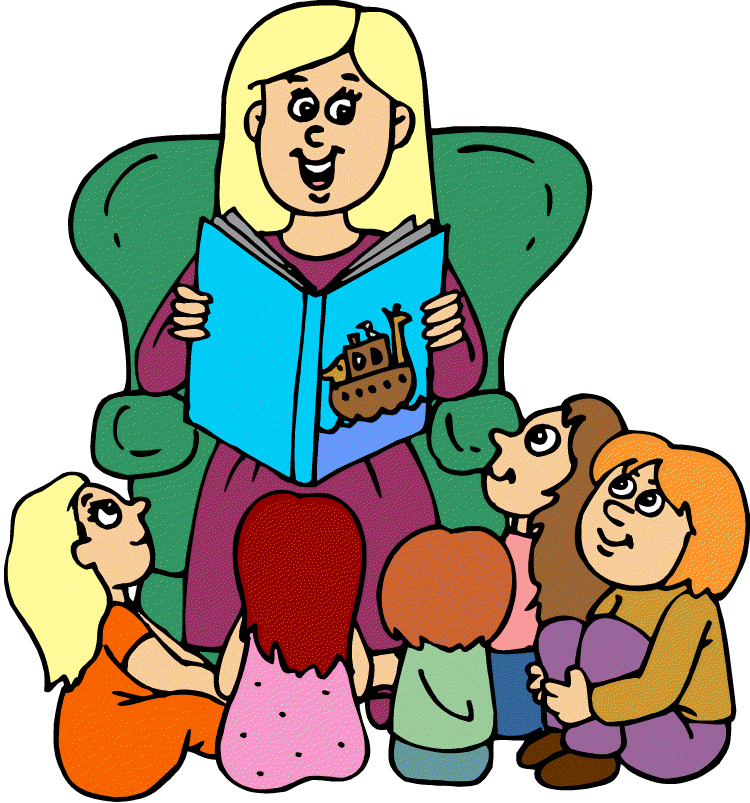 This week's Classrooms that work chapter 5 :Teaching phonics and spelling patterns had tons of ideas for games and activities to pump up your class about phonics! Whether it be creating a mock Wheel of Fortune to perfect letter patterns or using "The Nifty Thrifty Fifty" to add to a student's mental word bank, this chapter provides plenty of ideas. I especially loved the excerpt about helping ESL students connect the two languages and understand how to perform well within the English language.It gives teachers plenty of starting points in connecting spelling, reading, and think-alouds. Plus I feel like my classroom needs interactive games and ways to keep learning interesting. Perhaps I can incorporate creativity in my lesson too. Maybe after we learn a new word, I can nominate different students to create a dictionary definition of said word and perhaps an illustration. After all the students create one, we can make a classroom dictionary. Each page can also contain words that rhyme with the word, that start or end the same way, or even homophones that sound the same but have different meanings.
This week's Classrooms that work chapter 5 :Teaching phonics and spelling patterns had tons of ideas for games and activities to pump up your class about phonics! Whether it be creating a mock Wheel of Fortune to perfect letter patterns or using "The Nifty Thrifty Fifty" to add to a student's mental word bank, this chapter provides plenty of ideas. I especially loved the excerpt about helping ESL students connect the two languages and understand how to perform well within the English language.It gives teachers plenty of starting points in connecting spelling, reading, and think-alouds. Plus I feel like my classroom needs interactive games and ways to keep learning interesting. Perhaps I can incorporate creativity in my lesson too. Maybe after we learn a new word, I can nominate different students to create a dictionary definition of said word and perhaps an illustration. After all the students create one, we can make a classroom dictionary. Each page can also contain words that rhyme with the word, that start or end the same way, or even homophones that sound the same but have different meanings.
What do you guys think? Is this interesting for the class?
 The other article we read, Kathleen Clark’s What can I say besides 'sounding it out?' Coaching
word recognition in beginning reading gave a play-be-play on how to properly engage your class and help them through the problem of not knowing a word. If generalizations don't work, than you as the teacher dive deeper until the student understands the word and how it fits within context. This article was great because it taught teachers to not give away the answer, but instead make students think through the situation and get the answer on their own through guidance. It would also help keep the lesson interactive and less about me standing up there telling kids the rules of reading instead of showing them how to read by using what they already know. I really like this worksheet to the left because it helps kids understand the dreaded vowel sounds. Some of you may be anti-worksheet, so if this isn't your cup of tea, what would you use in your classroom?
The other article we read, Kathleen Clark’s What can I say besides 'sounding it out?' Coaching
word recognition in beginning reading gave a play-be-play on how to properly engage your class and help them through the problem of not knowing a word. If generalizations don't work, than you as the teacher dive deeper until the student understands the word and how it fits within context. This article was great because it taught teachers to not give away the answer, but instead make students think through the situation and get the answer on their own through guidance. It would also help keep the lesson interactive and less about me standing up there telling kids the rules of reading instead of showing them how to read by using what they already know. I really like this worksheet to the left because it helps kids understand the dreaded vowel sounds. Some of you may be anti-worksheet, so if this isn't your cup of tea, what would you use in your classroom?
We all need help sometimes, so what other games should I incorporate in my room?










